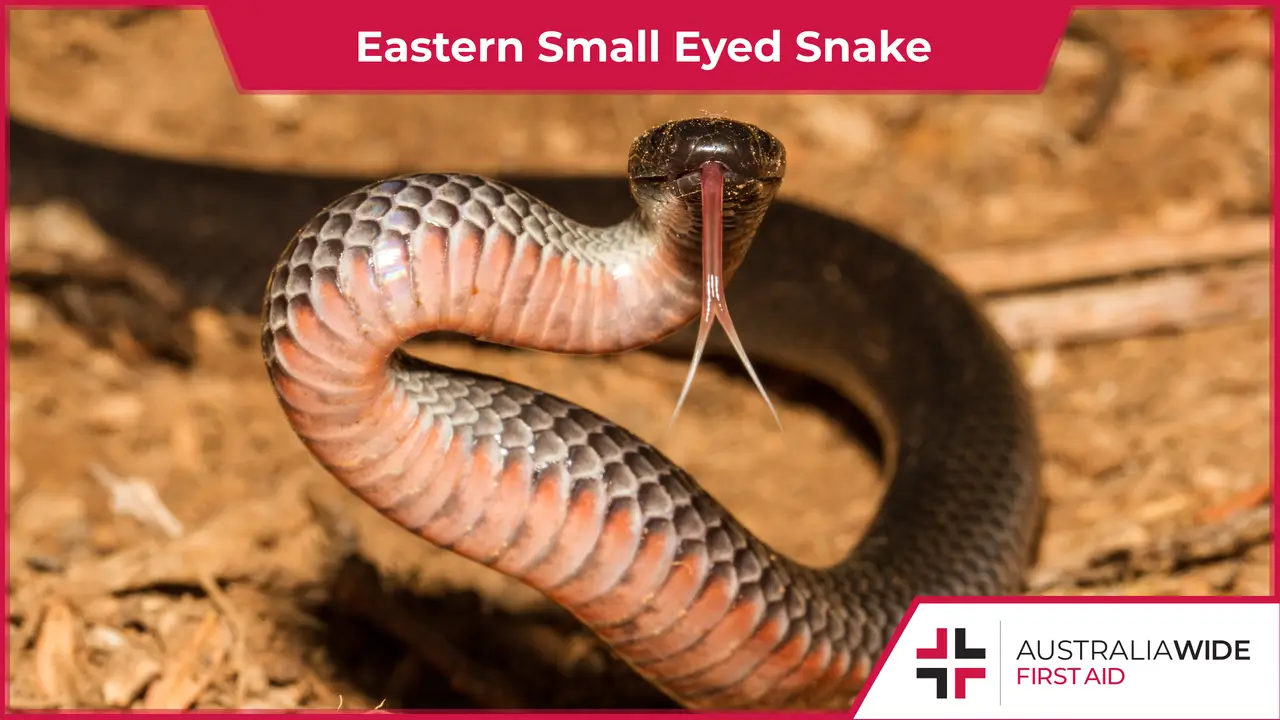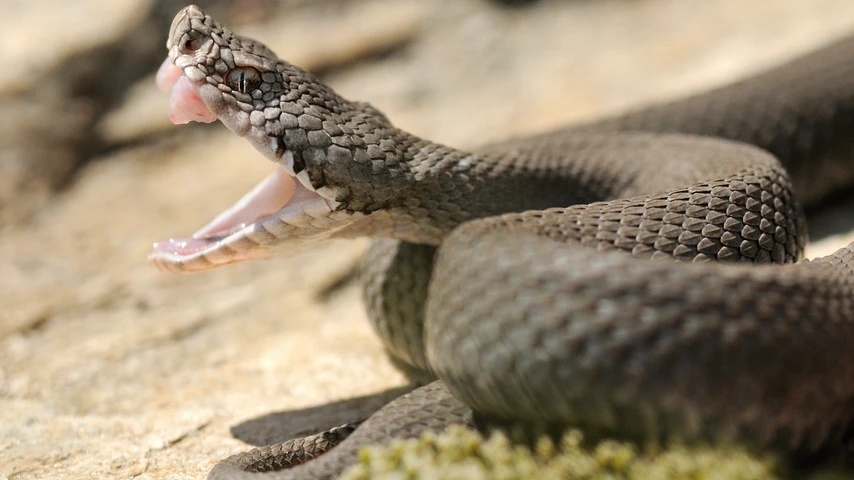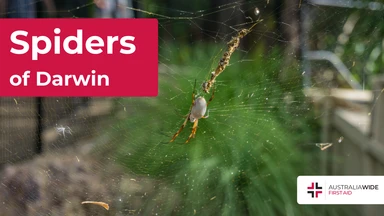The Eastern Small Eyed Snake


The Eastern small eyed snake is a secretive, night-dwelling species found in eastern Australia.
With their black body colour and dark pink underside, they are commonly mistaken for Red-bellied black snakes.
Like the Red-bellied black snake, these snakes are considered dangerously venomous and have caused death.
As such, it is important to be wary of the Eastern small eyed snake - continue reading for more information about their identifying characteristics, preferred habitat, and level of toxicity.
The Eastern small eyed snake (Cryptophis Nigrescens) is a small to moderately-sized species. They generally average 0.5 metres in length but can grow up to 1.2 metres long.
The scales on their head and body are smooth, glossy, and uniformly blue-black in colour. The scales on their underbelly, meanwhile, can range from cream to bright coral pink with dark blotches.
Unlike the Red-bellied black snake, the colouration on their underbelly does not extend up onto their sides. And as their name suggests, the Eastern small eyed snake has beady black eyes that are almost indistinct from the surrounding scales.
The Eastern small eyed snake is widely distributed along the east coast of Australia from Cape York to Melbourne.
They are common in habitats with a high moisture level, such as rainforest and wet sclerophyll forest, but can also be found in woodlands, heaths, and rock outcrops.
In these habitats, they generally shelter beneath rocks, logs, and other refuse.
The Eastern small eyed snake is mostly active at night, when they forage for a variety of ectothermic prey, including skinks, legless lizards, and other small snakes.
In terms of predators, they occasionally fall foul to their own kind.
Additionally, female Eastern small eyed snakes are ovoviviparous and give birth to live young.
As they are most active at night, Eastern small eyed snakes are rarely encountered during the day.
When disturbed, they are reluctant to bite but have been known to thrash about wildly.
The toxicity of their venom seems to vary geographically, and effects on humans can range from no symptoms to renal failure and possible death. In fact, there has been one recorded fatality from an Eastern small eyed snake bite.
Their venom contains long acting myotoxins, proteins that can attack and destroy muscle tissue, including the heart muscle, for days after envenomation.
As such, if bitten by an Eastern small eyed snake, you should immediately apply snake bite first aid and seek medical attention.

The best way to avoid snake bites is to not touch or disturb any snakes you come across at home or in the wild. If you need a snake relocated from your home, you should contact a professional snake catcher. The following precautions can also help to avoid snake bites:
More tips can be found on the Department of Environment and Science website.
The Eastern small eyed snake is similar in appearance to the Red-bellied black snake and is widely distributed along the east coast of Australia.
These active foragers hunt by night and are rarely encountered during the day.
They are considered a venomous snake, as their venom contains myotoxins that can continue to attack muscle for days following envenomation.
It is important to remember that snakes will never go out of their way to attack you. So if you encounter a snake at home or in the wild, never attempt to capture or kill them.
For more information on preventing and treating snake bites, book a First Aid course with Australia Wide First Aid today.

March 11, 2025
Darwin, the tropical capital of Australia’s Northern Territory, is home to a rich diversity of wildlife - including an impressive array of spiders. From the sprawling webs of golden orb-weavers to the cryptic camouflage of trapdoor spiders, these arachnids play a vital role in the local ecosystem. While some may inspire fear, the majority are harmless and even beneficial, helping to control insect populations.

September 4, 2024
Cat bites, while often underestimated, can lead to serious health complications if not treated promptly and properly. Cats' mouths harbour a variety of bacteria that can cause infections in humans.

April 1, 2024
Encounters with wildlife can often be thrilling, but when it comes to the creature known as the drop bear, the experience can quickly turn dangerous. A sharp increase in recent attacks prompts the need for understanding proper first aid procedures in case of an attack.